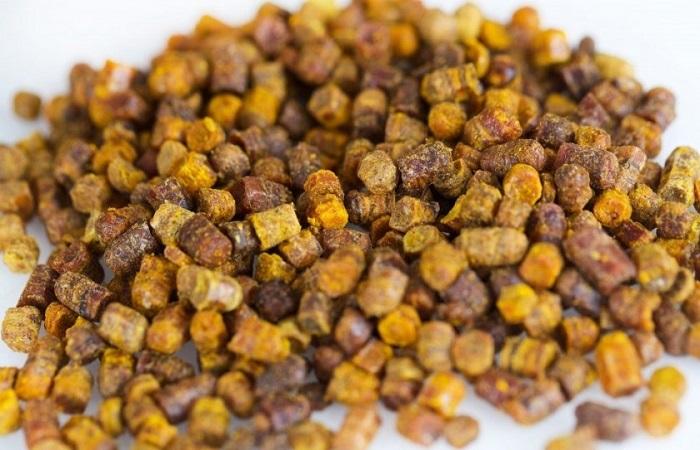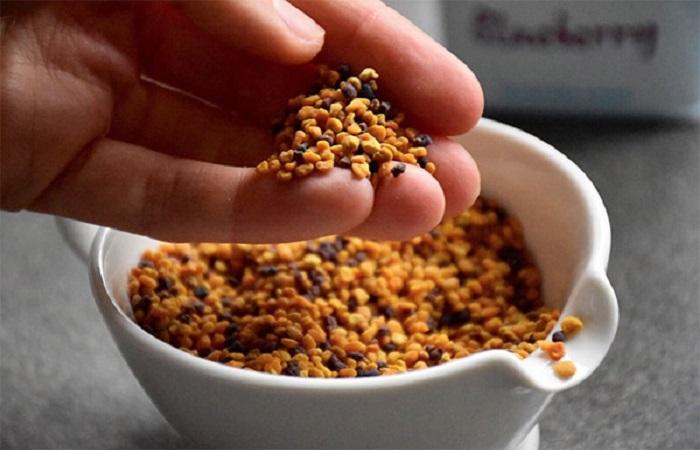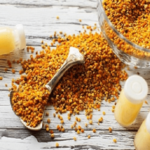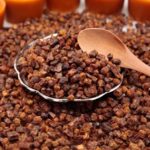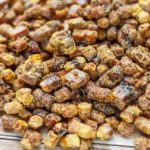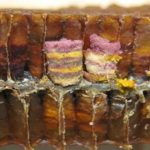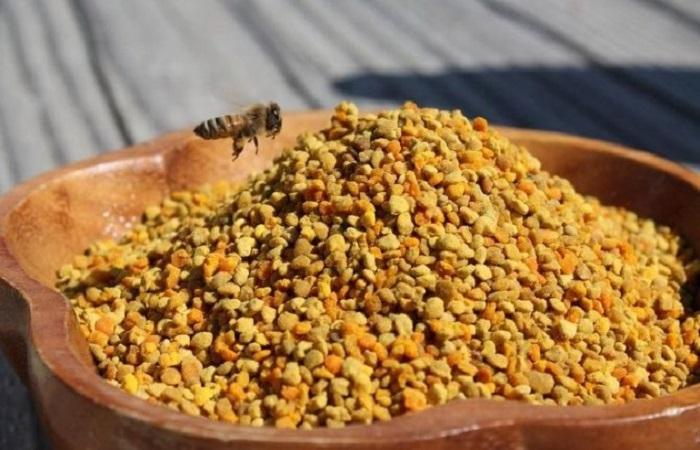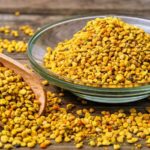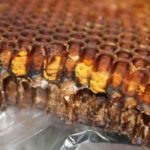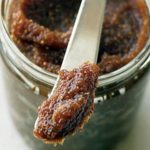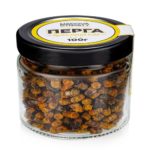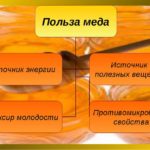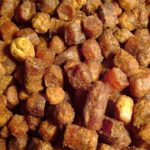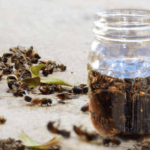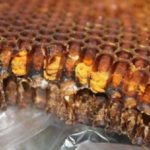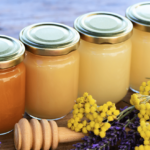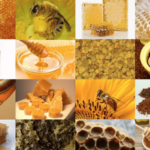Beekeeping products are varied. Each of them contains a unique composition of vitamins, minerals, healthy sugars, acids and biologically active substances. In addition to nectar, a large amount of pollen enters the hive, which, when processed by bees, turns into bee bread. But what the beebread and pollen look like and what the difference between them is, we will look into the details further.
Description and characteristics of substances
Any substance produced by these unusual insects has a healing effect and is used in medicine, cosmetology and the food industry.The derivative substance for beebread is pollen. After special processing, the gifts of beekeeping acquire differences, both in appearance and in chemical composition.
Important! The composition of pollen, and subsequently beebread, directly depends on the honey plants from which the bees collected the valuable product.
Perga
To provide food for themselves and their offspring during the winter and spring periods, bees process the pollen they collect into bee bread.
Initially, the product is treated with a special secretion secreted by insect saliva. The bees then treat it with honey and place it in a honeycomb. To prevent the entry of air, foreign substances and microorganisms, the honeycombs are sealed with a layer of wax. Chemical processes occurring in the absence of air cause fermentation of the product, which lasts about a month.
As a result, bee pollen is transformed into a completely new product with a long shelf life and a different chemical composition.
Important! The substance obtained by preserving pollen in honeycombs is called beebread.
Pollen
During the process of collecting nectar, flower pollen adheres to the hairy legs of insects. That is why the beekeeping product is called pollen. To give the dusty substance a solid consistency and transform it into small granules, bees treat it with their saliva, which contains the necessary enzymes. For further storage, the granules are placed in specially designated cells.
Fact! In this form, pollen can be stored for no more than 3 months, and then it loses its healing and nutritional properties.
What is the difference between pollen and beebread?
Both beekeeping products are beneficial for the human body and contain many vitamins and nutrients.To get the maximum benefit from healing substances, you need to find out how pollen and beebread differ in appearance and chemical composition.
Appearance
External differences between pollen and beebread are visible to the naked eye:
- pollen processed by bees is stored in the form of small granules of various golden and yellow shades with a pleasant floral or honey aroma;
- beebread is colored in dark or light brown shades, looks like multi-layered large granules, and tastes and aroma resembles black bread soaked in honey.
Interesting! For its unusual taste and appearance, bee bread is called bee bread or bread.
Compound
As described earlier, pollen is a derivative product of beebread. Therefore, the chemical composition of beekeeping products is similar, but the proportions differ significantly.
Beekeeping products include:
- the entire line of B vitamins, ascorbic acid, vitamin A, nicotinic acid, vitamin E;
- healthy sugars;
- organic acids;
- fat-like substances;
- macro- and microelements;
- lactic acid;
- proteins;
- amino acids;
- biologically active substances.
In order to properly use the bee gift, it is necessary to find out the difference in the chemical composition of the products.
The table shows the composition of useful and nutrient substances per 100 g of fresh product:
| Chemical composition | Perga | Pollen |
| Lactic acid | Up to 3.5% | Up to 0.6% |
| Macro- and microelements | Up to 2.6% | Up to 2.5% |
| Healthy sugars | From 25 to 35% | Up to 19% |
| Protein component | From 19 to 21% | Up to 24% |
| Fats | From 0.7 to 1.6% | Up to 3.5% |
The acidity of the products also varies.In bee bread, the acid level does not exceed 4.2 pH, while in pollen this level reaches over 6 pH.
Application
Flower pollen processed by bees is consumed in its pure form or mixed with honey in equal proportions. The product is added to tea, various medicinal decoctions and infusions.
Origin
To collect valuable product, beekeepers install special gratings and a tray at the entrance openings to the hive. As insects pass through the bars, some granular pollen is deposited onto the installed tray and then removed from the hive.
To obtain bee bread, the pollen undergoes long-term processing by insects, which place it in honeycombs and seal it with a layer of wax. Next, the product undergoes fermentation and fermentation.
Important! Fermented bee bread contains a large amount of lactic acid and healthy sugars, which significantly increases the shelf life of the product.
Benefit
The benefits of natural flower pollen have been proven over time. The beekeeping product has general strengthening, anti-inflammatory and antiseptic properties. Pollen is used in traditional and folk medicine for the prevention and treatment of many diseases.
The fermented product is used:
- to strengthen the immune system;
- stabilization of the heart and blood vessels;
- as a prevention of respiratory diseases;
- for blood diseases;
- used in the treatment of gynecological diseases and complex treatment of infertility;
- has a calming effect, stabilizes the functioning of the nervous system;
- activates the brain, increases the body’s resistance to physical and mental stress.
Advice! At home, cleansing, restoring and rejuvenating masks are made from the bee product, and bee bread is added to creams, shampoos and balms.
Storage period and methods
Store beekeeping products in glass, porcelain or ceramic containers with a tightly closed lid. Place the jars in a cool, dark place with low humidity. The shelf life of pure pollen is no more than 3 months. To prolong the effect of the valuable substance, it is mixed with honey.
With correctly calculated air temperature, humidity and lighting, bee bread, like honey, can be stored for a long time.

